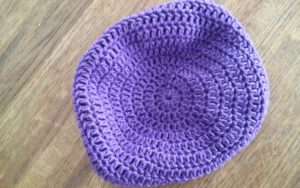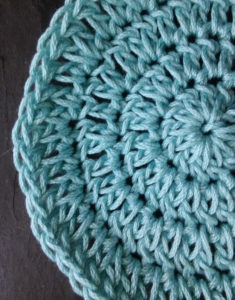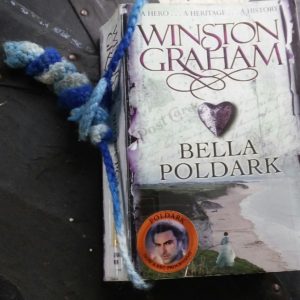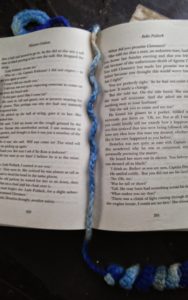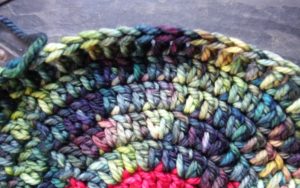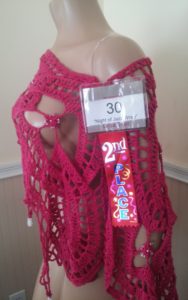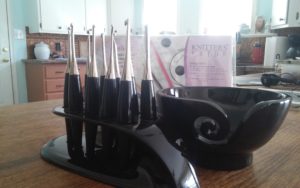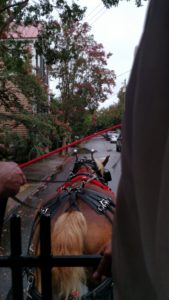 It is interesting that you completely forget how you felt about something before it became common place. Okay, that sentence could apply to many things in today’s day and age, however I was personally thinking of my crochet. A conversation I had with a student juggled a little something free in my mind about hats.
It is interesting that you completely forget how you felt about something before it became common place. Okay, that sentence could apply to many things in today’s day and age, however I was personally thinking of my crochet. A conversation I had with a student juggled a little something free in my mind about hats.
I find crocheting hats a pretty relaxing past time at this point in my life, enough so that the yarn I post about on Fridays … that swatch usually becomes a hat…but I didn’t always feel that way. Hats were intimidating to me, probably because the only crochet hats I had seen as a kid growing up were usually worked vertically with short rows. I had never really seen a top down, or even bottom up worked crochet hat, until probably college.
That does make my crochet life sound a bit sheltered, maybe it was. I did teach myself after all and I primarily crocheted with “hand-me-down” yarn form other people’s stashes. I made doll clothes and scarves, but if it was something to be adorned or admired, I made afghans …hundreds of them.
Anyway, when I would contemplate working a hat, I was always befuddled by the dome shape, and having it actually fit. Little did I realize how easy it was to make, so easy that since I learned it I have never looked back. Essentially a top down crochet hat begins with a flat circle. Yes, a flat circle. This seems a little counterintuitive, but it works. Creating a flat circle simply requires adding the number of stitches worked in round 1 to be added evenly throughout all other rounds. Meaning if I begin the first round with 12 double crochets, then I add 12 double crochets evenly in each following round, so round 2 would have 24 double crochets, and round 3 would have 36 double crochets.
After the circle is worked to a point where the outer edge, the circumference, measures the circumference of the head (usually somewhere between 20” and 22” (51-56 cm) for a typical adult), then you quit working any increasing stitches and continue working even (a single stitch in every stitch around), until you have the hat the desired length.
Here is a really basic pattern for a hat, nothing fancy…
Using any yarn and a corresponding hook,
Rnd 1: Ch 4, 11 dc in 4th ch from hook, sl st to top of beg ch. (12 dc)
Rnd 2: Ch 3, dc in same st, 2 dc in each st around, sl st to join. (24 dc)
Rnd 3: Ch 3, dc in same st, dc in next st, [2 dc in next st, dc in next st] around, sl st to join. (36 dc)
Note: Depending on your yarn and hook only continue working Rnds until circumference of hat is met with circumference of the circle, then work Body of Hat.
Rnd 4: Ch 3, dc in same st, dc in next 2 sts, [2 dc in next st, dc in next 2 sts] around, sl st to join. (48 dc)
Rnd 5: Ch 3, dc in same st, dc in next 3 sts, [2 dc in next st, dc in next 3 sts] around, sl st to join. (60 dc)
Rnd 6: Ch 3, dc in same st, dc in next 4 sts, [2 dc in next st, dc in next 4 sts] around, sl st to join. (72 dc)
Rnd 7: Ch 3, dc in same st, dc in next 5 sts, [2 dc in next st, dc in next 5 sts] around, sl st to join. (84 dc)
Body of Hat
Ch 3, dc in each st around, sl st to join. Repeat this Rnd until hat is desired length.
Fasten off and weave in ends.
Make a few hats, and considering helping your local community by donating a few to your local homeless shelter.

